When it comes to vehicle safety, perceptions often run ahead of reality. Many drivers instinctively assume that bigger, flashier, or more expensive vehicles will offer superior protection in a crash, while smaller or more affordable models may fall short. However, the truth is far more nuanced.
Advances in automotive engineering, materials science, and safety technology mean that some surprisingly humble cars can outperform expectations, delivering outstanding occupant protection and crash avoidance features.
Conversely, some vehicles with glamorous reputations or imposing road presence may disappoint when it comes to the most critical factor of all—how well they protect passengers during a collision.
Understanding how and why certain vehicles excel or fail in crash safety is crucial for any buyer who values the lives and well-being of themselves and their passengers.
Crash tests conducted by organizations like the Insurance Institute for Highway Safety (IIHS) and the National Highway Traffic Safety Administration (NHTSA) provide invaluable insights, but the results often challenge common assumptions.
For instance, a modestly priced compact sedan or crossover can earn top marks by incorporating advanced structural designs, multiple airbags, and cutting-edge driver-assistance technologies. On the other hand, some vehicles boasting luxury badges or aggressive styling may lack the necessary reinforcements or systems that modern safety standards demand.
This article dives into the surprising world of automotive safety performance by highlighting five vehicles that will genuinely surprise you with their crashworthiness.
These models defy expectations by combining thoughtful engineering, innovative materials, and effective safety features to protect occupants better than many might assume. We’ll explore what makes them stand out in crash tests and how their active and passive safety systems work in harmony to prevent injuries and save lives.
On the flip side, we also examine five vehicles that, despite their looks or reputation, do not provide adequate protection in a crash. These vehicles often share common shortcomings, such as structural weaknesses, limited airbag coverage, or a lack of modern driver-assist features, that increase the risk of injury or fatality.
Highlighting these vehicles isn’t meant to condemn them outright but to educate potential buyers and drivers about the hidden risks associated with choosing a car based solely on style, brand prestige, or performance metrics.
Safety should always be a primary consideration, especially in an era where the technology to protect occupants is more advanced and accessible than ever before.
Whether you’re shopping for your next family vehicle or simply interested in the science of automotive safety, this article aims to shed light on a critical, often overlooked aspect of car ownership.
By revealing which vehicles will protect you when the unexpected happens—and which won’t—we hope to empower readers to make informed decisions that prioritize safety without sacrificing practicality or style.
In the sections that follow, we’ll analyze the design philosophies, crash test results, and safety technologies that differentiate these vehicles. We’ll consider how factors such as structural integrity, airbag systems, rollover resistance, and driver assistance features contribute to real-world crash outcomes.
Ultimately, understanding these elements can mean the difference between life and death on the road, making this knowledge invaluable for every driver. So buckle up, and let’s dive into the surprising world of vehicles that protect and those that don’t.
Also Read: 5 Cars That Throw Random Check Engine Codes And 5 That Are Code-Clean
5 Vehicles That Will Surprise You in a Crash
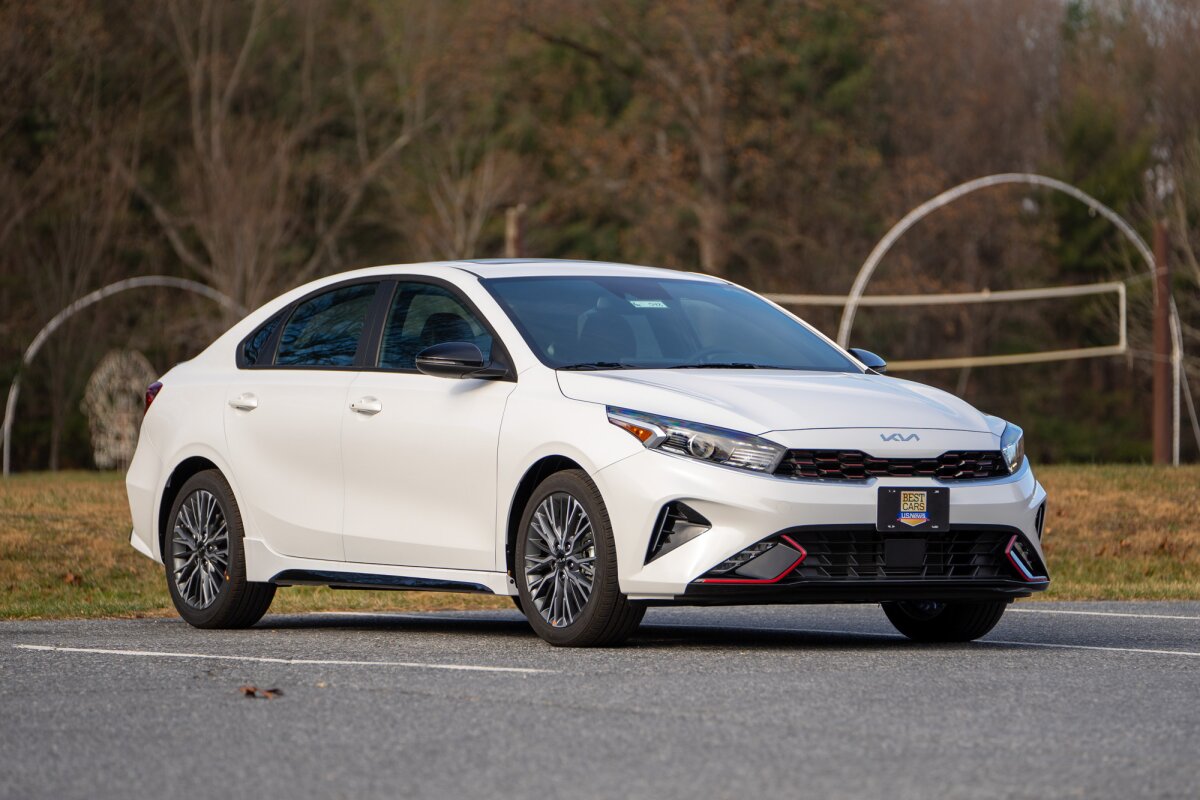
1. Kia Forte (2019–Present)
When most people consider affordable compact sedans, safety often isn’t the first attribute that comes to mind. The Kia Forte, especially the models introduced from 2019 onwards, has upended these assumptions, consistently proving that budget-friendly doesn’t mean compromised safety.
The Forte has earned the coveted IIHS Top Safety Pick+ status, a rare achievement for a vehicle in this class and price range, showing that Kia’s investment in safety engineering has paid off handsomely.
What sets the Forte apart is its structural design, which incorporates a high percentage of ultra-high-strength steel in critical areas to maintain cabin integrity during severe impacts. The engineers at Kia didn’t simply bolt on airbags and call it a day—they crafted a frame designed to absorb and redirect crash energy away from occupants.
This design is especially effective in frontal crashes, including the small overlap tests, which historically have posed challenges for compact cars. The Forte also performs well in side-impact and roof strength tests, providing comprehensive occupant protection.
In addition to passive safety features, the Forte is available with advanced active safety technologies such as forward collision avoidance assist with pedestrian detection, lane keeping assist, and driver attention warning systems. These technologies actively help prevent accidents before they happen, which is just as important as surviving a crash.
The Forte’s combination of smart engineering and safety tech makes it a compelling choice for drivers who want peace of mind without breaking the bank. It’s a prime example of how modern automotive design can democratize safety, proving that you don’t need to spend luxury car money to be well protected on the road.

2. Subaru Crosstrek (2018–Present)
The Subaru Crosstrek may appear as just another compact crossover in a crowded segment, but its crash safety credentials are anything but ordinary. Thanks to Subaru’s legendary commitment to safety and all-weather capability, the Crosstrek has repeatedly achieved Top Safety Pick+ status from the Insurance Institute for Highway Safety (IIHS).
What makes the Crosstrek particularly impressive is its performance across a broad spectrum of crash tests—from frontal and side impacts to rollover resistance—demonstrating comprehensive occupant protection in real-world scenarios.
Subaru’s hallmark symmetrical all-wheel-drive system plays a subtle yet significant role in crash prevention, offering superior traction and vehicle control, especially in adverse conditions. But when a collision is unavoidable, the Crosstrek’s rigid safety cage, reinforced by strategically placed high-strength steel, ensures that the passenger compartment remains intact.
The vehicle’s adeptness at managing crash forces was evident in small overlap frontal crash tests, where it sustained minimal intrusion—a feat many larger SUVs and crossovers fail to accomplish.
Complementing its robust structure, the Crosstrek is often equipped with the EyeSight Driver Assist Technology, an advanced suite including adaptive cruise control, pre-collision braking, lane departure warning, and lane-keep assist. These features form a protective “virtual shield” by actively helping to avoid accidents, reducing the risk of crashes in the first place.
All this safety technology combined with structural integrity makes the Crosstrek not only a reliable companion for daily driving but also a surprisingly strong protector when the unexpected happens. This vehicle shatters the myth that crossovers must be bulky or heavy to be safe, proving instead that thoughtful engineering and tech integration win the day.
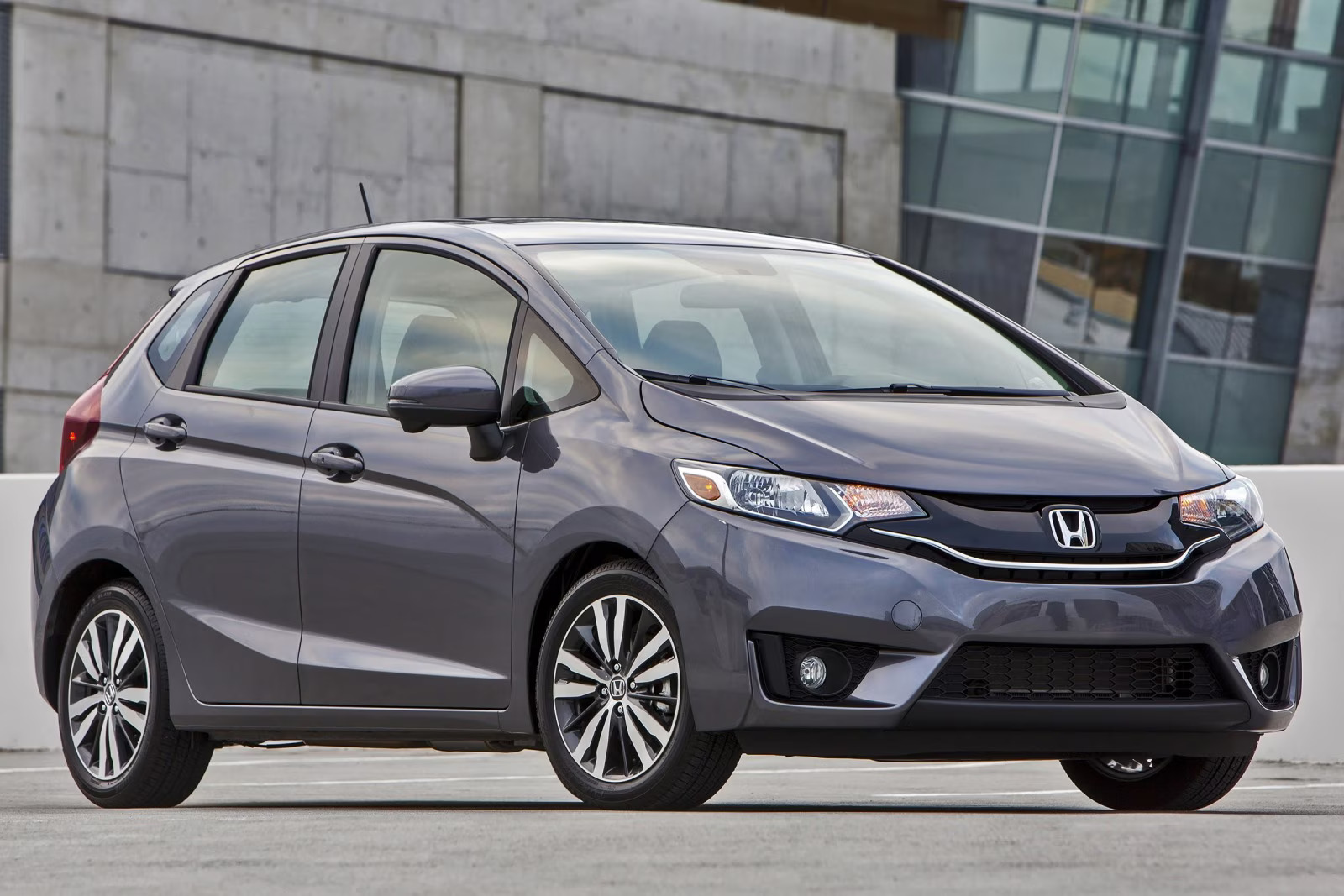
3. Honda Fit (2015–2020)
At first glance, the Honda Fit may seem like the quintessential small city car—light, compact, and designed primarily for maneuverability and fuel efficiency. But beneath its modest exterior lies one of the most thoughtfully engineered safety architectures in its segment.
The Fit’s reputation for surprising crashworthiness is backed by consistent high marks in both NHTSA and IIHS testing, particularly in front and side-impact scenarios where compact cars traditionally face challenges.
Honda’s secret lies in its Advanced Compatibility Engineering (ACE) body structure, a unique framework that efficiently absorbs and disperses crash energy to protect the cabin.
Unlike many competitors, the Fit maintains remarkable cabin integrity even in severe small overlap frontal crashes, which simulate collisions where only a small portion of the front hits an object—a notoriously unforgiving test. The ACE system also promotes compatibility with other vehicles in multi-vehicle crashes, reducing injury risk for occupants in both cars.
Furthermore, the Fit’s compact size belies its thoughtful safety feature set. It comes equipped with multiple airbags positioned to protect occupants from all sides, including side curtain airbags that deploy effectively during rollover or side impacts.
The Fit’s high driver visibility, due to large windows and a relatively upright seating position, also helps drivers detect hazards early, improving crash avoidance. Together, these factors make the Fit a shining example of how small cars can provide surprisingly big protection, disproving the outdated notion that bigger is always safer.
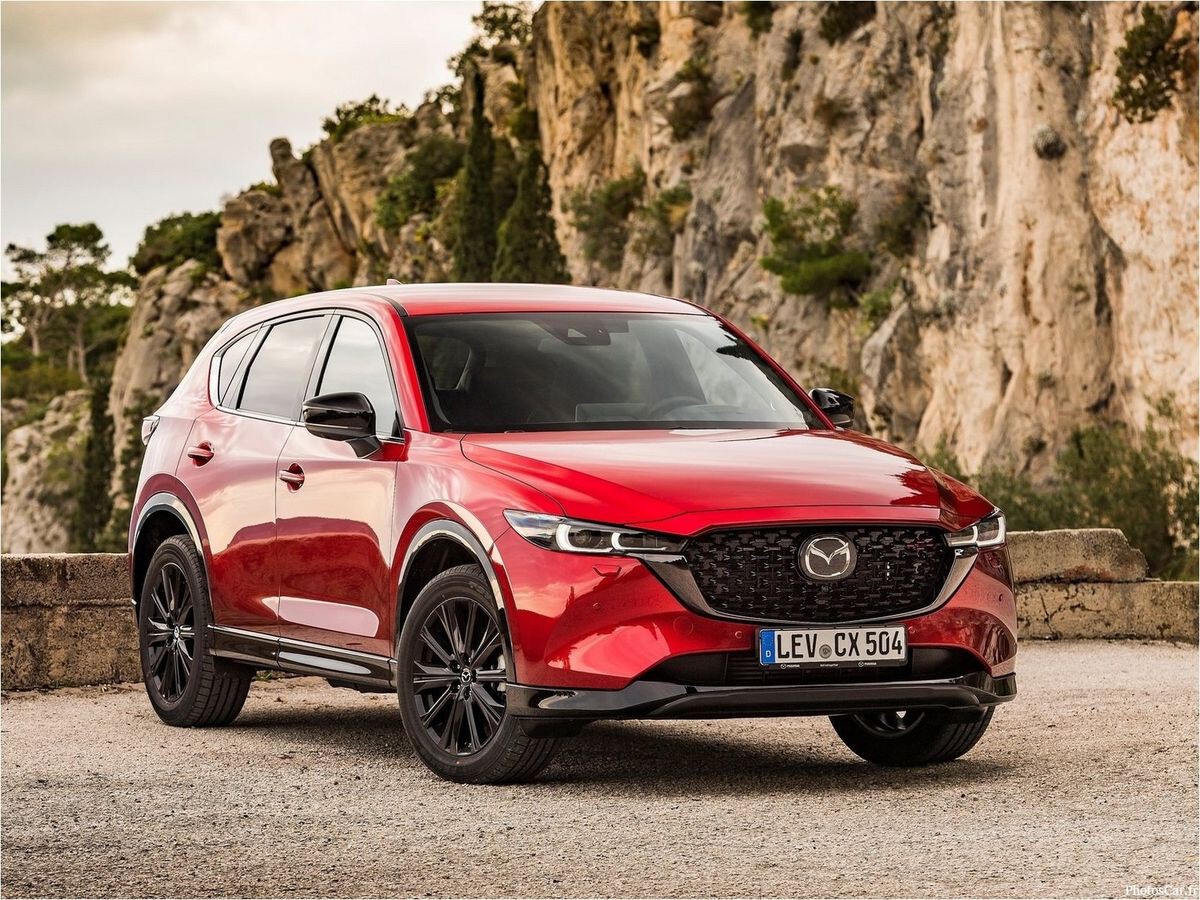
4. Mazda CX-5 (2017–Present)
The Mazda CX-5’s reputation for sporty handling and upscale interiors often overshadows the fact that it’s also one of the safest SUVs on the road today.
From the moment this generation was introduced in 2017, it earned near-universal praise for its Top Safety Pick+ rating, reflecting outstanding performance in crash test,s including small overlap front, moderate overlap front, side impact, roof strength, and head restraint evaluations.
Mazda’s commitment to passenger protection starts with an exceptionally rigid body structure that integrates high-tensile steel in key areas to prevent deformation of the occupant cell during collisions.
The CX-5’s small overlap crash test results are particularly noteworthy, with the vehicle showing minimal cabin intrusion and low risk of injury to crash test dummies. The SUV’s design also prioritizes energy absorption in its crumple zones, effectively dissipating the forces that would otherwise impact occupants.
Beyond passive safety, the CX-5 offers a comprehensive suite of advanced driver assistance systems under its i-Activsense umbrella. These include adaptive cruise control, lane departure warning, blind-spot monitoring, and forward collision warning with automatic emergency braking.
Together, these systems help drivers avoid accidents or reduce their severity. For families and commuters alike, the CX-5 balances dynamic driving with peace of mind, demonstrating that a stylish vehicle can also be a safety powerhouse without resorting to excessive weight or size.
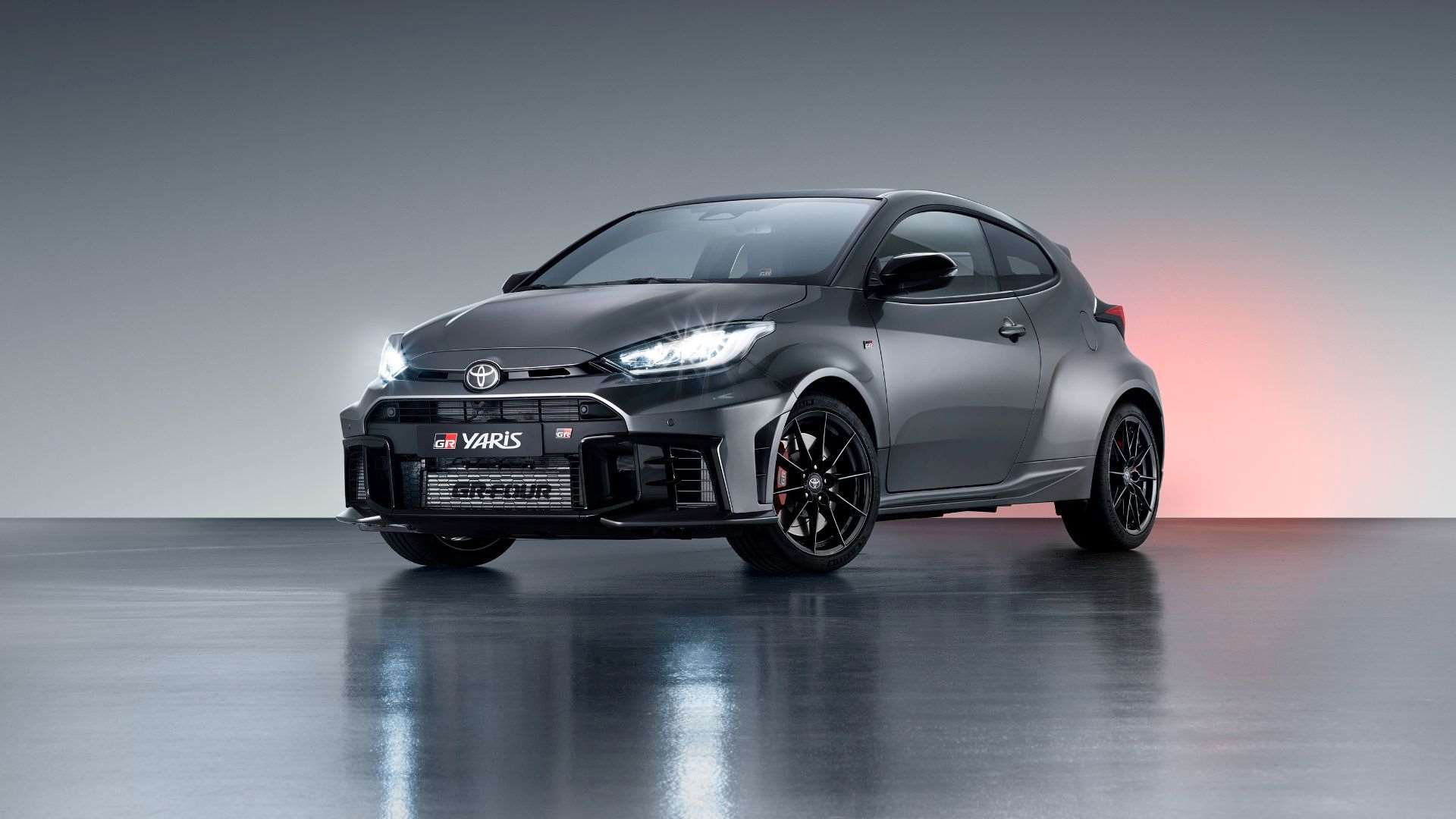
5. Toyota Yaris (2017–2020)
Despite its small stature and economy-car label, the Toyota Yaris has earned respect in safety circles for exceeding expectations in crash protection.
Especially in the later years of its production run, the Yaris demonstrated that even the smallest vehicles can be engineered to provide solid occupant safety and meet stringent crash-test standards.
It earned high marks from the IIHS and a strong five-star rating from the NHTSA, affirming its robust crashworthiness relative to its class.
This success stems from Toyota’s strategic use of reinforced steel in the vehicle’s frame, alongside intelligently designed crumple zones that manage impact forces and minimize damage to the passenger compartment.
The Yaris also excels in side-impact crash tests, where small cars often show weakness, by integrating side curtain airbags and reinforced door beams. These features help reduce injury risk and enhance occupant survival chances.
Another advantage of the Yaris lies in its compact dimensions combined with a low center of gravity and excellent handling. While these traits primarily improve accident avoidance, they also mean the car behaves predictably in emergency maneuvers, reducing the likelihood of rollovers—a serious threat in many small cars.
Standard safety technology, such as stability control and anti-lock brakes, further contributes to its protective capabilities. Ultimately, the Toyota Yaris dispels the myth that small means unsafe, offering a compelling option for budget-conscious buyers who refuse to compromise on safety.
5 Vehicles That Won’t Protect You
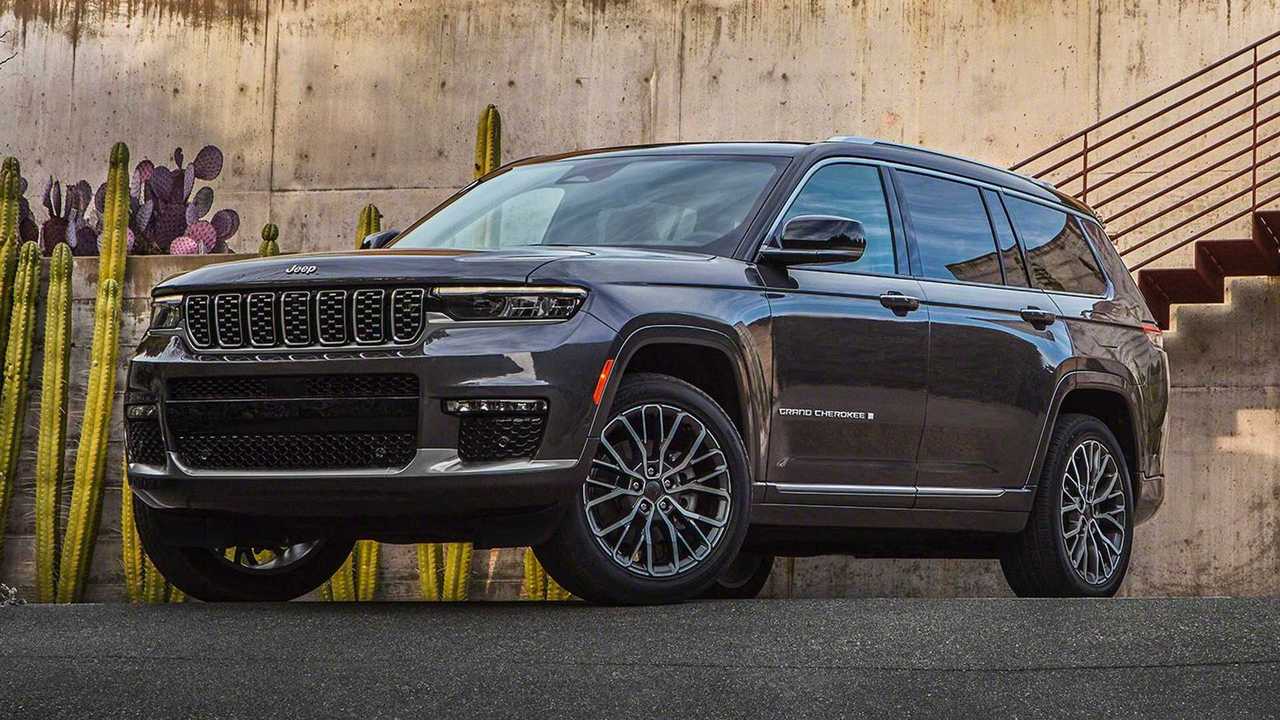
1. Jeep Grand Cherokee (2011–2016)
The Jeep Grand Cherokee is widely celebrated for its off-road prowess and rugged aesthetic, which often leads buyers to assume it offers excellent crash protection by default. However, the reality for the 2011–2016 models is far more complex and, frankly, concerning.
Despite its large size and imposing presence, this generation of Grand Cherokee revealed several structural and safety shortcomings during crash testing that could jeopardize occupant safety in a serious collision.
Frontal crash tests revealed that the Grand Cherokee’s cabin structure did not adequately withstand impact forces. Test dummies indicated high potential for lower leg injuries, a serious concern since footwell intrusion can cause lasting damage.
This intrusion occurs because the firewall and lower dash components are prone to bending inward under high force, compromising the occupant space. Side-impact performance was similarly troubling, with door structures showing insufficient reinforcement against lateral forces.
In many real-world side collisions, this can mean higher risks of serious injury or fatality. Compounding these problems is the Grand Cherokee’s high center of gravity, which increases the risk of rollover in evasive maneuvers or on uneven terrain.
This risk is particularly heightened given the SUV’s substantial weight and tall stance, which challenge the vehicle’s stability despite electronic stability control systems.
Moreover, early versions of the Grand Cherokee lacked some modern active safety technologies that could mitigate crash risk, such as forward collision warning or automatic emergency braking.
The cumulative effect of these weaknesses means that many drivers who choose the Grand Cherokee for its tough image may be unknowingly accepting significant safety trade-offs, making it a vehicle that disappoints when it comes to protecting its occupants during crashes.
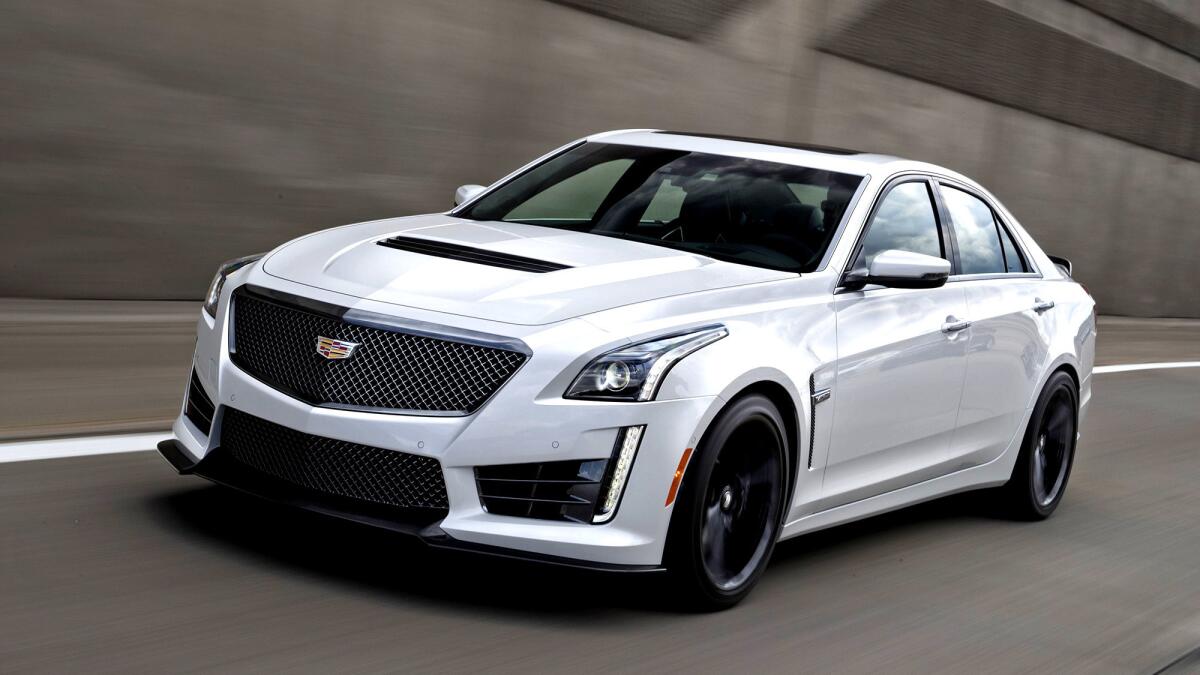
2. Cadillac CTS (2008–2013)
The Cadillac CTS from 2008 to 2013 embodied American luxury with a performance edge, attracting buyers looking for style and speed.
However, beneath the sleek exterior and premium badge lay structural vulnerabilities that raised serious safety concerns. These older CTS models often failed to impress in the realm of occupant protection during crash tests, illustrating a disconnect between luxury branding and real-world safety performance.
In frontal crash tests, the CTS showed excessive intrusion into the driver’s footwell and lower dashboard areas, raising the risk of leg and foot injuries. This is a critical flaw, as these regions are typically the first to absorb impact energy in a frontal collision.
The deformation noted in tests indicated that the CTS’s frame was less rigid than expected for a luxury sedan, undermining the integrity of the occupant compartment.
Side-impact tests were inconsistent as well, with some models lacking standard side curtain airbags during earlier production years—technology now considered essential for protecting heads and necks during lateral impacts.
Performance and handling, often the CTS’s selling points, ironically worked against it in some crash scenarios. The stiff suspension and weight distribution designed for agility and speed could translate to more abrupt vehicle responses in an accident, potentially increasing injury risk.
Additionally, the CTS’s complex and costly repair demands following collisions have been a problem for owners, sometimes leading to incomplete repairs that further reduce safety over the vehicle’s lifespan.
For luxury buyers who equate brand prestige with safety, the CTS’s spotty crash protection record serves as a caution: a flashy badge does not guarantee peace of mind behind the wheel.
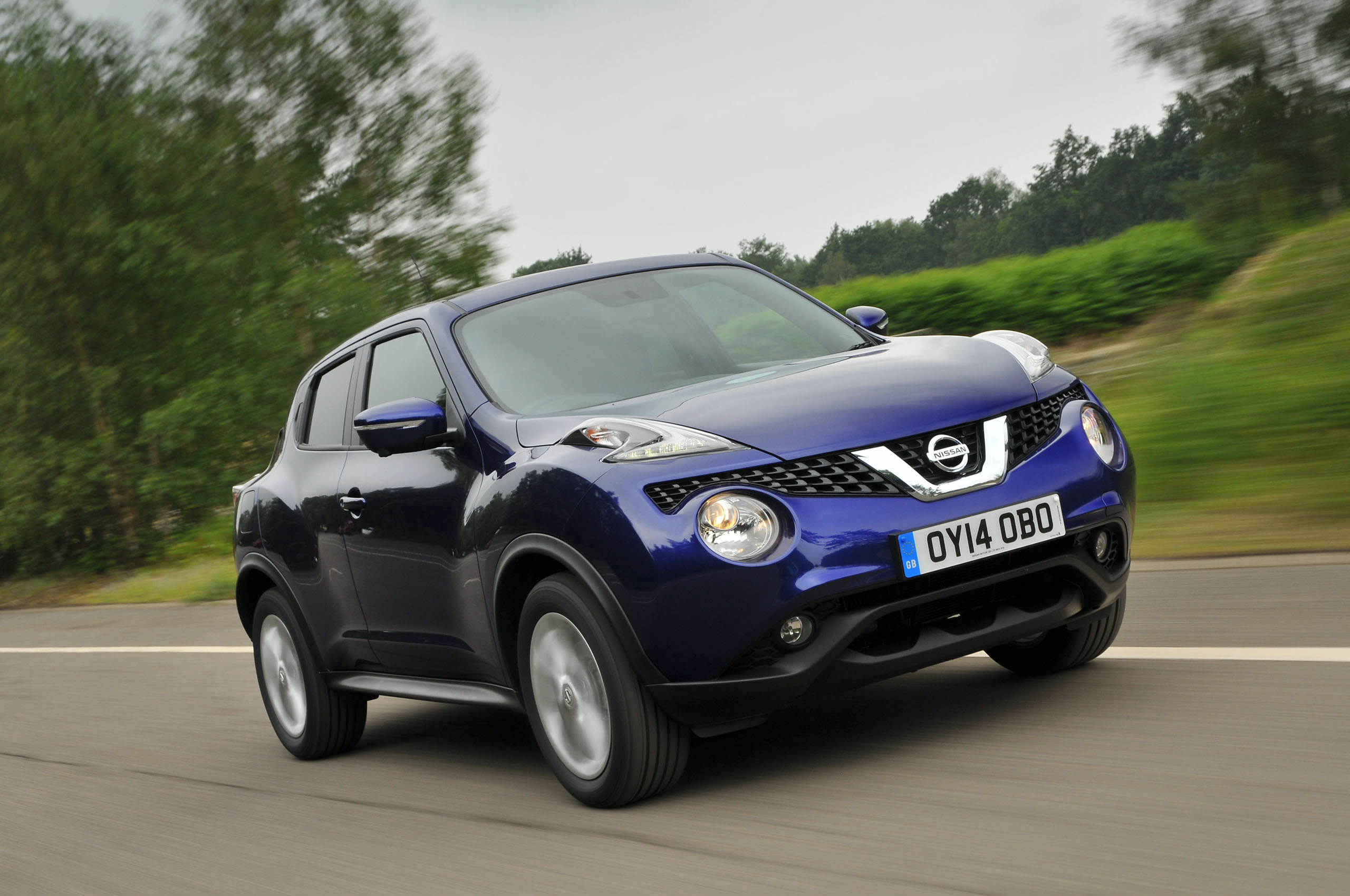
3. Nissan Juke (2011–2017)
The Nissan Juke is perhaps one of the most polarizing compact crossovers ever produced, with a design that’s as unconventional as it is attention-grabbing.
However, its eye-catching looks don’t translate into robust occupant protection, as demonstrated by its subpar crash test results. For many buyers, the Juke’s smaller size and quirky shape mask serious safety compromises that can prove costly in a collision.
Crash test data from the IIHS and NHTSA reveal that the Juke struggles significantly in small overlap frontal crashes—a test simulating a collision where only part of the front hits an obstacle, placing extreme stress on the frame. The vehicle’s relatively narrow track and high center of gravity worsen its crash performance and contribute to a higher rollover risk compared to other subcompact SUVs.
During side-impact tests, the Juke’s passenger compartment experienced more intrusion than expected, which can translate into severe injuries for occupants, especially when compared to competitors that reinforce door beams and side structures more effectively.
Adding to its poor safety profile is the fact that many early Juke models were not equipped with advanced driver-assistance systems such as lane departure warning, forward collision mitigation, or blind spot monitoring. These systems are crucial for accident avoidance and are standard or available on many competitors, further widening the safety gap.
The Juke’s niche appeal and fun-to-drive character don’t make up for its inability to adequately protect occupants in serious crashes, a fact that underscores the importance of evaluating safety beyond aesthetics and performance.
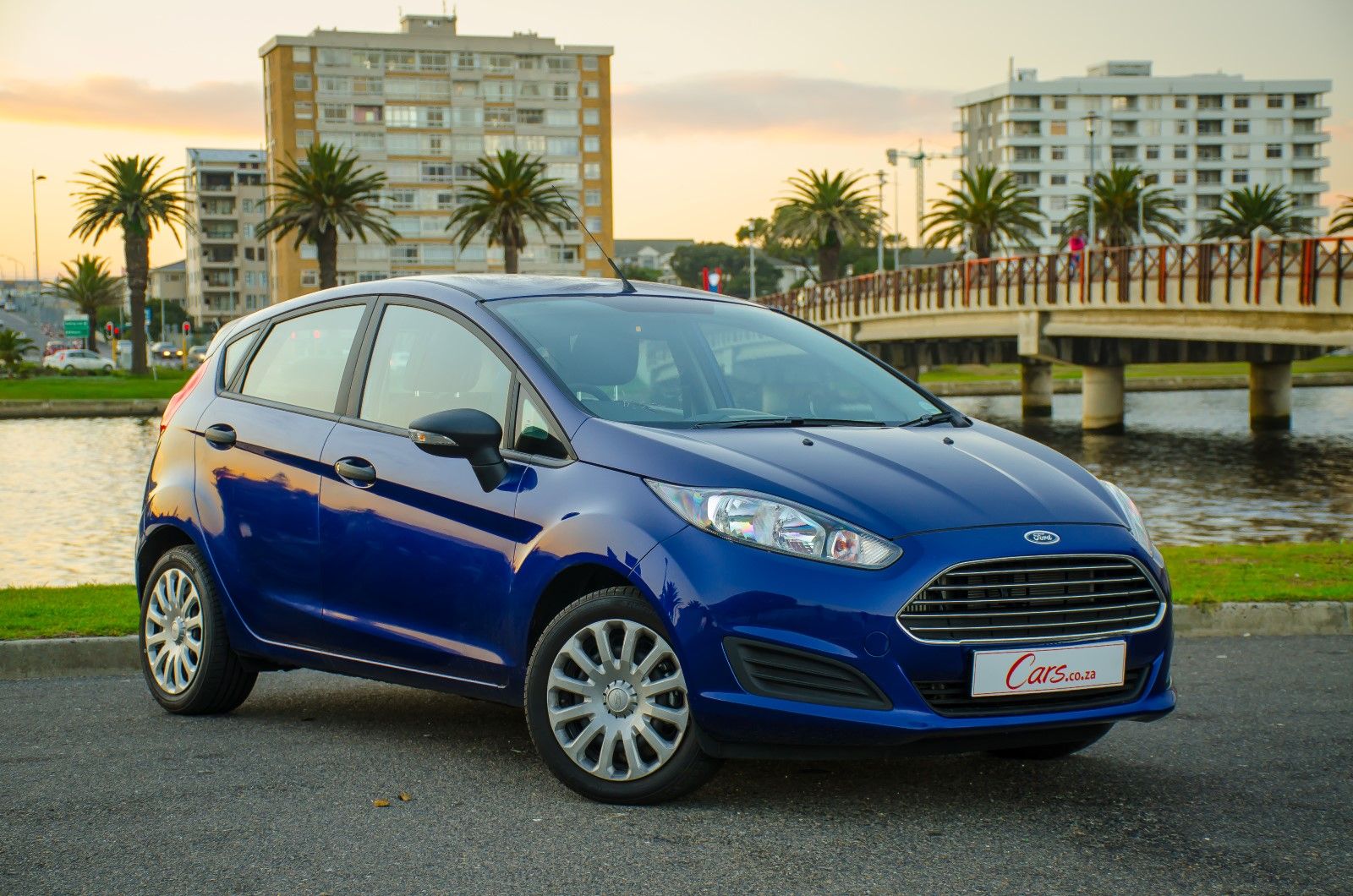
4. Ford Fiesta (2011–2018)
The Ford Fiesta has long been appreciated as a nimble, affordable subcompact with a surprising amount of personality. Yet, its reputation for safety is far less stellar, especially for models produced before more recent redesigns and safety upgrades.
While the Fiesta offers great fuel economy and a responsive driving experience, its crash protection leaves something to be desired, a gap that often catches budget-conscious drivers off guard.
In crash testing, the Fiesta has repeatedly shown weaknesses in the small overlap frontal impact, where the vehicle structure and restraint systems were unable to sufficiently protect the driver’s legs and feet. The IIHS rated this aspect of the Fiesta as “marginal” or “poor” in several years, which is a warning sign for those prioritizing occupant safety.
Side-impact ratings were similarly mixed, with some trims lacking side curtain airbags, thereby limiting head and neck protection during side collisions. Moreover, the Fiesta’s lightweight construction, while beneficial for fuel economy, can also mean less mass to absorb and dissipate crash energy.
Beyond the physical crash test data, the Fiesta lagged behind competitors in the availability of advanced active safety features for much of its production life. Technologies like automatic emergency braking and lane-keeping assist, which have become increasingly important for crash avoidance, were either unavailable or optional on many Fiesta models.
This absence further reduces the car’s overall safety appeal, especially as more affordable vehicles in the segment have begun including these features as standard. For drivers balancing cost with safety, the Fiesta’s compromises in protection should be carefully weighed before purchase.
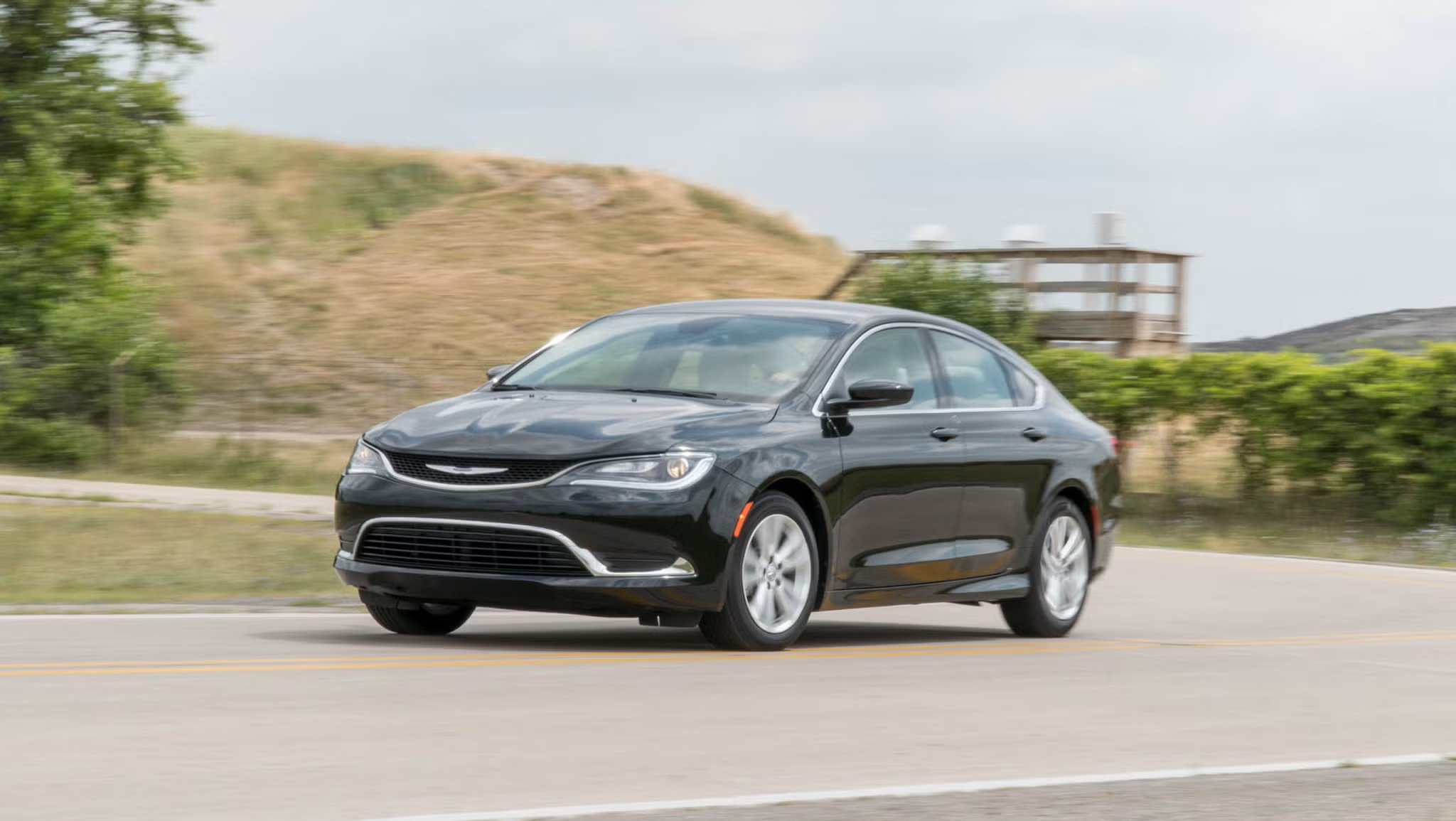
5. Chrysler 200 (2015–2017)
The Chrysler 200 arrived with high hopes as a stylish, comfortable midsize sedan, but unfortunately, it faltered in the realm of crash safety—a critical area for family-oriented buyers. While it competed on features and aesthetics, its crash protection metrics painted a less flattering picture, one that prospective buyers should take seriously.
Frontal crash tests were decent in some respects, but the Chrysler 200’s side-impact performance left much to be desired. Tests showed considerable intrusion into the passenger compartment during side collisions, with door and pillar structures failing to offer consistent reinforcement.
This was exacerbated by inconsistent airbag deployment timing in some test scenarios, which potentially increased the risk of occupant injury. Furthermore, the vehicle’s relatively high center of gravity contributed to rollover concerns, with stability control systems not always calibrated to fully mitigate this risk during abrupt maneuvers.
Another point of concern is the 200’s focus on style and comfort over structural rigidity, which became evident under crash loads. The passenger cell deformation patterns suggested that crash energy was not optimally managed, raising questions about the long-term safety of occupants in severe accidents.
While the Chrysler 200 offered advanced infotainment and convenience features to attract buyers, its safety shortcomings were often overlooked or underestimated.
When compared to stalwarts like the Toyota Camry or Honda Accord—both of which offer stronger crash protection and more advanced safety tech—the 200’s limitations become all the more pronounced. For anyone prioritizing safety in a family sedan, the Chrysler 200’s compromises present a cautionary tale.
The world of automotive safety is a landscape full of surprises, where common assumptions about protection and crashworthiness are frequently challenged by real-world data and rigorous testing.
This exploration into vehicles that either exceed or fail safety expectations reveals an important truth: appearance, size, and brand prestige do not guarantee how well a vehicle will shield its occupants during a crash. Instead, it is the thoughtful integration of engineering, technology, and design that ultimately determines a car’s life-saving potential.
The five vehicles that will surprise you in a crash embody the best of modern automotive safety. From the Kia Forte’s affordable yet highly engineered body structure to Subaru’s Crosstrek with its comprehensive active and passive safety systems, these cars prove that protection is achievable without breaking the bank.
Similarly, the Honda Fit’s advanced compatibility engineering, Mazda CX-5’s rigid yet energy-absorbing frame, and the Toyota Yaris’s compact but well-reinforced structure demonstrate that size is not the sole indicator of safety.
These vehicles combine well-designed crash cages, strategically placed airbags, and advanced driver assistance technologies that not only minimize injury during accidents but often help avoid collisions altogether.
They represent a shift in the industry toward democratizing safety so that it is accessible to a wider range of consumers, regardless of budget or vehicle category.
Conversely, the five vehicles identified as falling short in occupant protection serve as cautionary examples of how safety can be compromised by structural weaknesses, insufficient airbag coverage, or a lack of critical safety features.
The Jeep Grand Cherokee’s high rollover risk and structural intrusions, Cadillac CTS’s inconsistent crash results despite its luxury badge, and Nissan Juke’s problematic small overlap performance all illustrate that aesthetics and brand heritage cannot replace solid engineering.
Likewise, the Ford Fiesta’s marginal crash test ratings and Chrysler 200’s side-impact vulnerabilities highlight how vehicles focused more on style, comfort, or cost savings can inadvertently put occupants at risk.
Recognizing these shortcomings is essential for consumers who might otherwise assume these vehicles provide adequate protection simply because of their market position or appearance.
The broader lesson from this examination is that safety should never be an afterthought in the car-buying process. Instead, it must be a central factor weighed alongside fuel economy, performance, price, and style.
Thanks to advances in crash test methodologies and the increasing availability of active safety technologies like automatic emergency braking, lane-keeping assist, and blind spot monitoring, buyers today are better equipped than ever to select vehicles that truly safeguard their lives.
Moreover, understanding a vehicle’s crashworthiness helps consumers advocate for higher safety standards industry-wide and encourages manufacturers to prioritize occupant protection in future designs.
Ultimately, when the unexpected occurs on the road—whether it’s a sudden collision, a loss of control, or adverse weather conditions—the difference between survival and serious injury can hinge on the vehicle you’re driving.
By choosing cars with proven crash performance and robust safety systems, drivers can significantly enhance their chances of walking away unharmed. This knowledge empowers consumers to make smarter decisions and helps foster a culture of safety that benefits everyone.
In summary, the surprising crashworthiness of some affordable, modestly styled vehicles and the sobering realities of others with flashier reputations underscore the complexity of automotive safety today. Whether you lean toward the practical or the prestigious, the imperative remains the same: prioritize safety above all else. Your life—and the lives of your loved ones—may depend on it.

